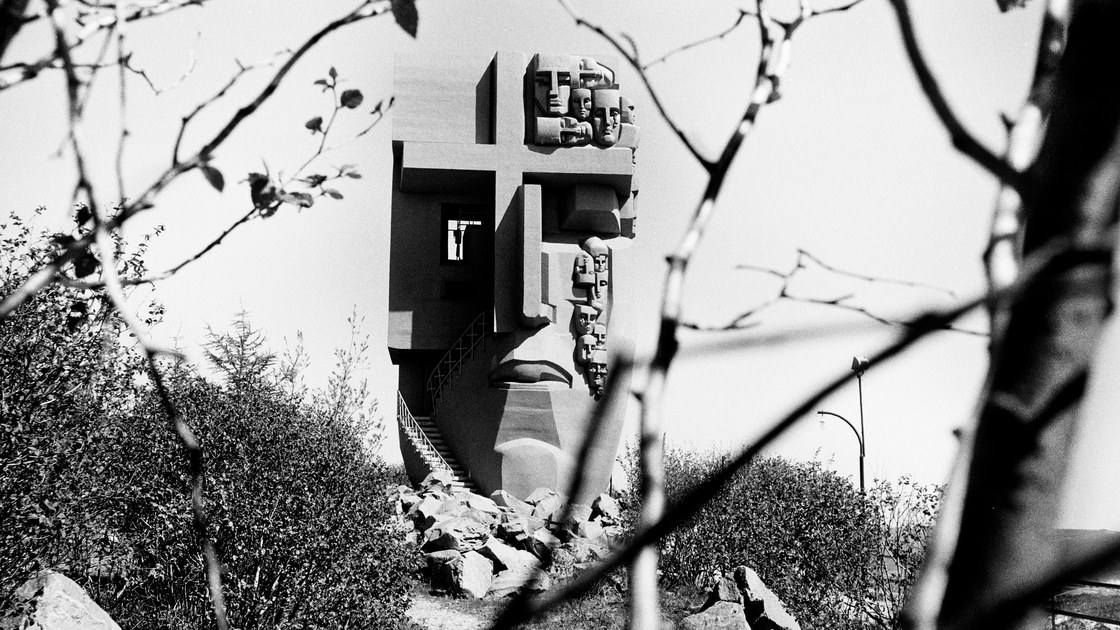In a patch of forest deep in Russia’s north lies a burial site for victims of Stalin’s Great Terror. Between 1937 and 1938, up to 9,000 gulag prisoners were brought here by night, shot in the head, and stacked atop one another inside 236 rectangular pits that had for years been concealed among the trees.
Sandarmokh, as the site is known today, was fated for oblivion until its chance discovery in 1997 by local gulag researcher Yury Dmitriyev, who spent the next two decades documenting the victims. The area is now covered with rusty iron crosses and wooden posts, to which metal plaques bearing black-and-white photographs of the dead have been affixed. Stone monuments commemorate the various ethnic groups – Finns, Ukrainians, Poles, and perhaps 50 others – whose sons and daughters that mass purge claimed.
But Sandarmokh is changing. Among the photographs, flowers, and wreaths, strips of white-and-yellow tape now mark the places where an expedition led by the government-backed Russian Military-Historical Society uprooted the bodies last summer in a bid to prove a controversial theory: that among the skeletons lying at Sandarmokh are hundreds of Soviet POWs executed by Finnish forces during their occupation of Karelia during World War II.
The excavations have appalled civil society and elicited protests beyond Russia. But the people most capable of challenging the proposed new narrative for Sandarmokh no longer have a voice.
Since December 2016, Dmitriyev has languished in custody over allegations — which he denies — of the sexual abuse of his adopted daughter. Then last October, two months after the excavations began, police arrested a local museum director who had vocally opposed them; Sergei Koltyrin, who also served as Sandarmokh’s unofficial caretaker, was sentenced last month to nine years in prison after being convicted on charges similar to those Dmitriyev has been battling for the past 2 1/2 years.
Supporters allege that the cases were fabricated in an effort to silence critics of the excavations, and fear that any bid to rewrite Sandarmokh’s history will help whitewash Stalin’s legacy in Russia at a time when his image is already being rehabilitated with tacit state support. Officials insist they are merely an effort to wrestle back elements of a historical narrative coopted by Memorial, an NGO that documents Soviet-era crimes and which worked with both Dmitriyev and Koltyrin, and bring justice to forgotten heroes of World War II.
Read more HERE
Ask me anything
Explore related questions





